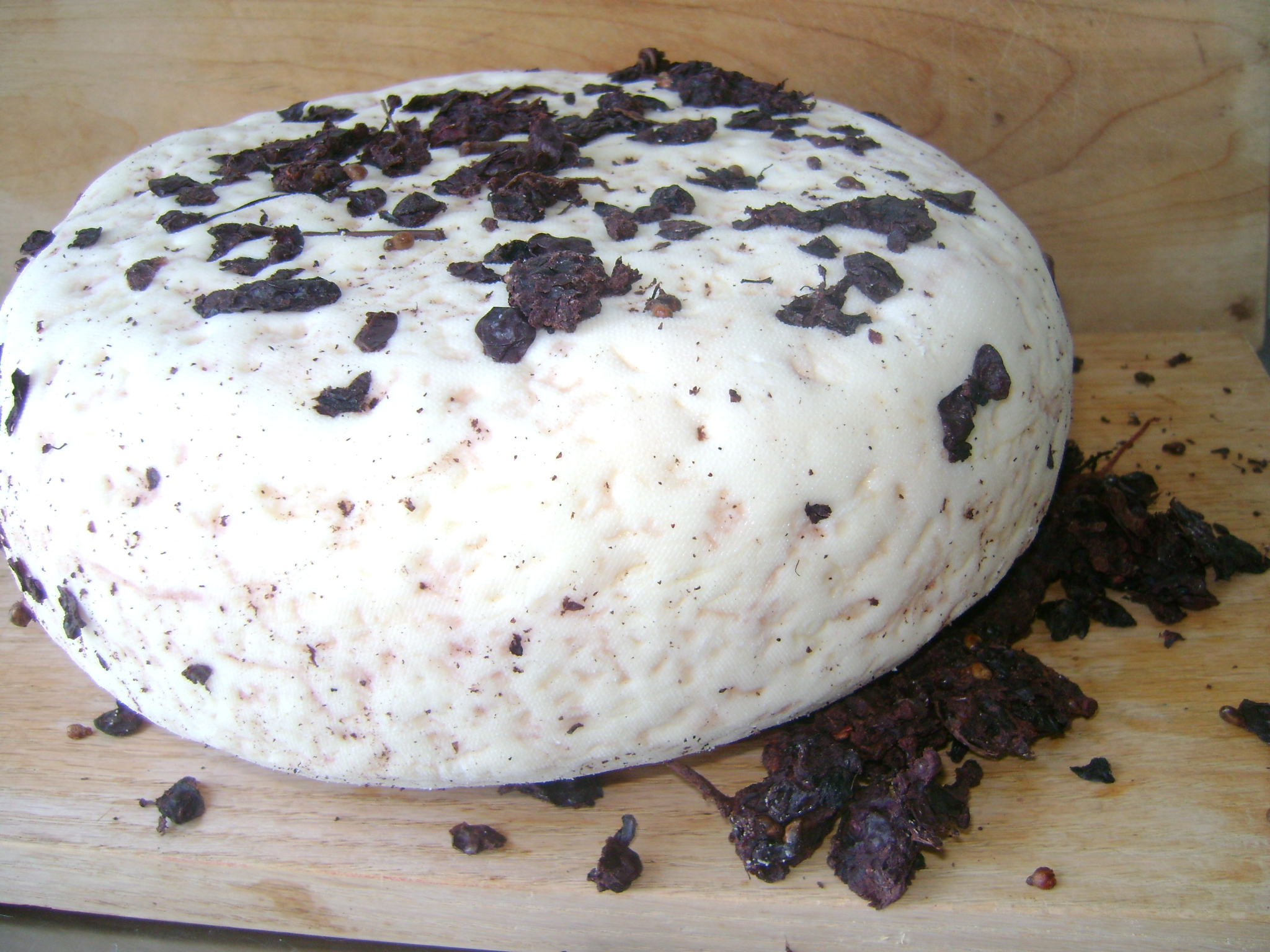What A Local Winery Really Is
Over the past five years, I have attended about 20 major Midwest Wine Conferences. During this time, the number of business management sessions at the regional Conferences has steadily increased.
As the Midwest wine industry matures, business management skills are becoming more important. Most small to mid-size regional wineries now have local competition, in addition to competition from all over the globe.
At the recent Midwest Grape and Wine Conference in St. Charles, Missouri, Marty Paradise, owner of Paradise Coaching and Consulting and Joyce Schaefer, co-founder of Breakthrough ROI, a management consulting company, talked about “branding” for small to mid size wineries.
The speakers focused what “branding” really means and being able to apply this knowledge in a way that relates to specific customers.
Like about half of the audience members, I did not enter the three-hour seminar with a good understanding of what a branding for businesses is. According to Schaefer, branding is essentially, “who you are on the inside.” This definition of branding also includes, “what differentiates your business from everyone else.”
Where branding gets tricky is how a business applies this self-knowledge. Both Paradise and Schaefer borrow heavily from the 20-year-old book, “The E Myth: Why Most Businesses Don’t Work and What to Do About It.”
This book has become a staple of entrepreneurship programs and consulting. The author advocates that small businesses establish policies and procedures similar to being a franchise without being a franchise. But first a winery owner has to decide how they want customers to feel about their interactions with the winery.
If branding still sounds vague, the presenters at the Midwest Wine Conference gave some real life examples. At Southwest Airlines, job candidates are asked to tell a joke during the initial job interview. That’s because Southwest Airlines values humour as a quality they want to be associated with.
Another example of branding is Apple Computer. If you follow the history of Apple’s advertising, you know that the company’s ads never say anything about the features of their products. All Apple wants consumers to know is that they make innovative products that break the mold. (Midwest Wine Press is produced on a Mac. I love my Mac.)
Branding can be a squishy concept, but Joyce capsulized it in one sentence: “People buy why you do it, not what you do.”
With local wineries, this observation is spot on. When people visit local wineries, they are buying the context of where the owners, the wine and the grapes came from. If you can tell a true and genuine story about your winery, the product becomes a seamless continuation of that story.
As Joyce explained, the majority of consumer purchase decisions are emotional. If you target customer understands “Why you do it” as opposed to “How you do it,” then the logical mind takes a back seat to the emotional parts of the brain. And when the logical is resting, price objections don’t rise to the conscious level because 90% of what our brains transmit is visual and emotional.
To help wineries develop their brands, Schafer suggested developing a brief “internal statement.” This internal statement is not a mission statement or a business plan. Rather it’s a brief narrative that expresses “the heart of the impact you want to have.”
Most audience members, who were mainly winery owners, did not have an internal statement to share. One winery owner who had put some previous thought into an internal statement was Peggy Harmston of Massbach Ridge Winery near Galena, Illinois. Harmston said her winery’s internal statement is: “A place where people can come to celebrate wine and learn about local wine.”
On Massbach Ridge’s website, the headline is, “Where Everyday is a Celebration.” On an emotional level, I was struck that Harmston really cared about providing an experience that allowed people to forget their problems for a day or a few hours. You could tell her internal statement was genuine by the manner in which she described her winery. Her internal statement was the opposite of manufactured.
Other winery owners at the session said they believed their internal statements were rooted in heritage and a sense of community. Schaefer suggested that bringing to life the “localness” of a winery required everyone associated with the winery to be gracious and hospitable towards customers. One winery owner said that being a true community winery meant hiring only local employees and contractors.
Regardless of your internal statement or how you winery’s brand evolves, Schaefer said that brands start with the owner’s values and flow down to the employees. Branding therefore is not a group process. The winery owner’s vision and values drive the brand and the passion of everyone involved make the brand real.
See related story: Midwest Wine Conference Photos



Mark:
I’m interested in finding out if any midwest wineries are interested in infusing their wines with specialty berry juices like aronia juice. Aronia’s a superfruit, and I’m looking to plant 7 or 8 acres in Illinois. These are tart berries that are a high source of antioxidants and promotes healthy cholesterol, blood pressure, helps fights against diabetes, et cetera. The ORAC (ability to fight free radicals) values raw for aronia are 16,000. Blueberries are about 7,000. The Chicago market might be especially good for this. I tried the straight aronia wine recently, and it was very tasty.